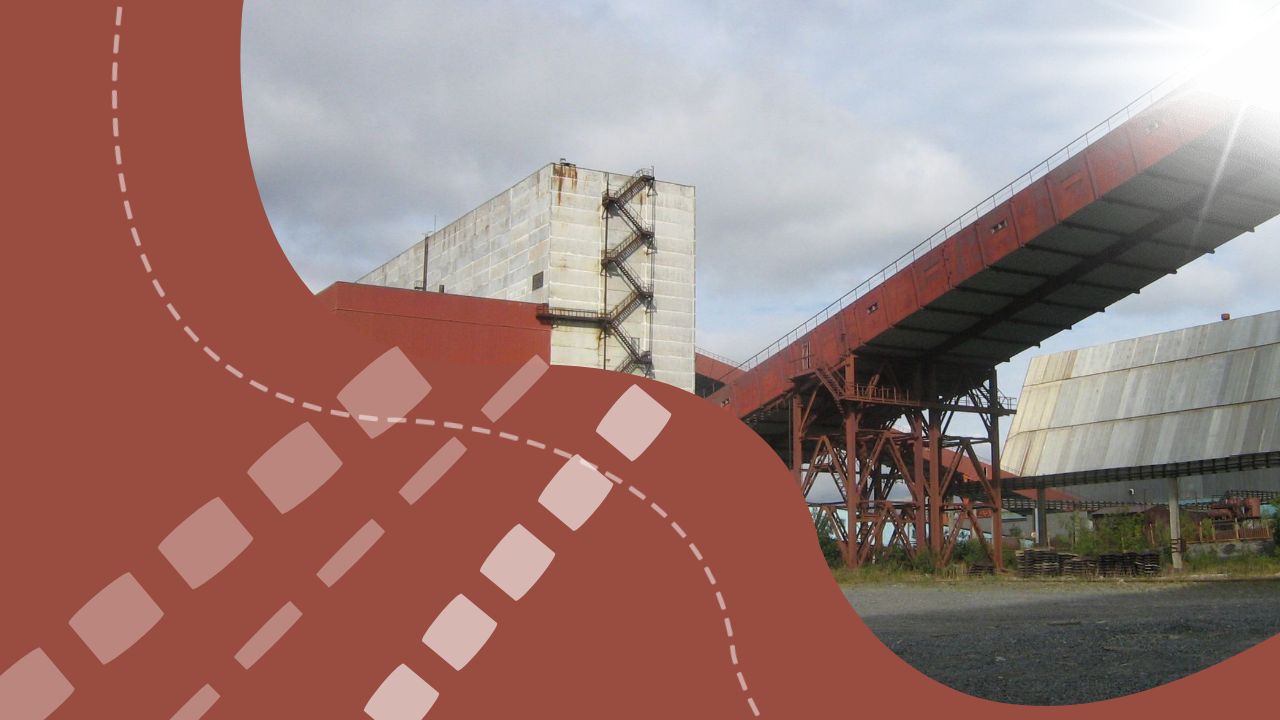Amidst the global push for green steel production, Ukrainian mining and processing plants are urged to enhance the quality of iron ore concentrate, transitioning to higher iron content levels, reports UAprom. This call to action was underscored during the “Iron Ore Deposits of Ukraine: Current Problems and Development Prospects” international conference held at the Taras Shevchenko National University of Kyiv on March 21-22, where leading scientists and industry representatives convened.
Yelena Belan, an expert on iron ore production at Metinvest Group, emphasized the importance of meeting market quality requirements to avoid losing opportunities for product sales and enterprise capacity.
Ensuring consistent high-quality products with elevated iron content positions Ukrainian enterprises to lead the green modernization of Europe and integrate into the global green metallurgy system.
Despite the use of low-grade ores with approximately 30% total iron content, Ukrainian iron ore industry relies on extensive processing methods such as crushing, grinding, magnetic separation, flotation, and dewatering to upgrade these ores. The resultant magnetite concentrate with 64-68% iron content undergoes fundamental qualitative changes, making it significantly different from the original ore, noted experts from the Institute of Geology at Taras Shevchenko National University of Kyiv.
Concerns regarding the tax treatment of deep processing were also addressed, with experts asserting that magnetite concentrate represents a distinct product compared to the original ore. This sentiment was echoed by scientists from the Semenenko Institute of Geochemistry, Mineralogy, and Ore Formation of the National Academy of Sciences of Ukraine, emphasizing the need to reconsider rent taxation policies.
Ukraine witnessed a substantial reduction in iron ore exports in 2023, down by 26% compared to 2022, with raw material exports plummeting by 60% compared to pre-war 2021 levels. Revenues from iron ore exports for Ukrainian companies also experienced a significant decline.
Major iron ore producers in Ukraine include Ingulets GOK, Kryvyi Rih Iron Ore Plant, Poltava Mining, Northern GOK, Central GOK, Southern GOK, ArcelorMittal Kryvyi Rih, and Sukha Balka.

